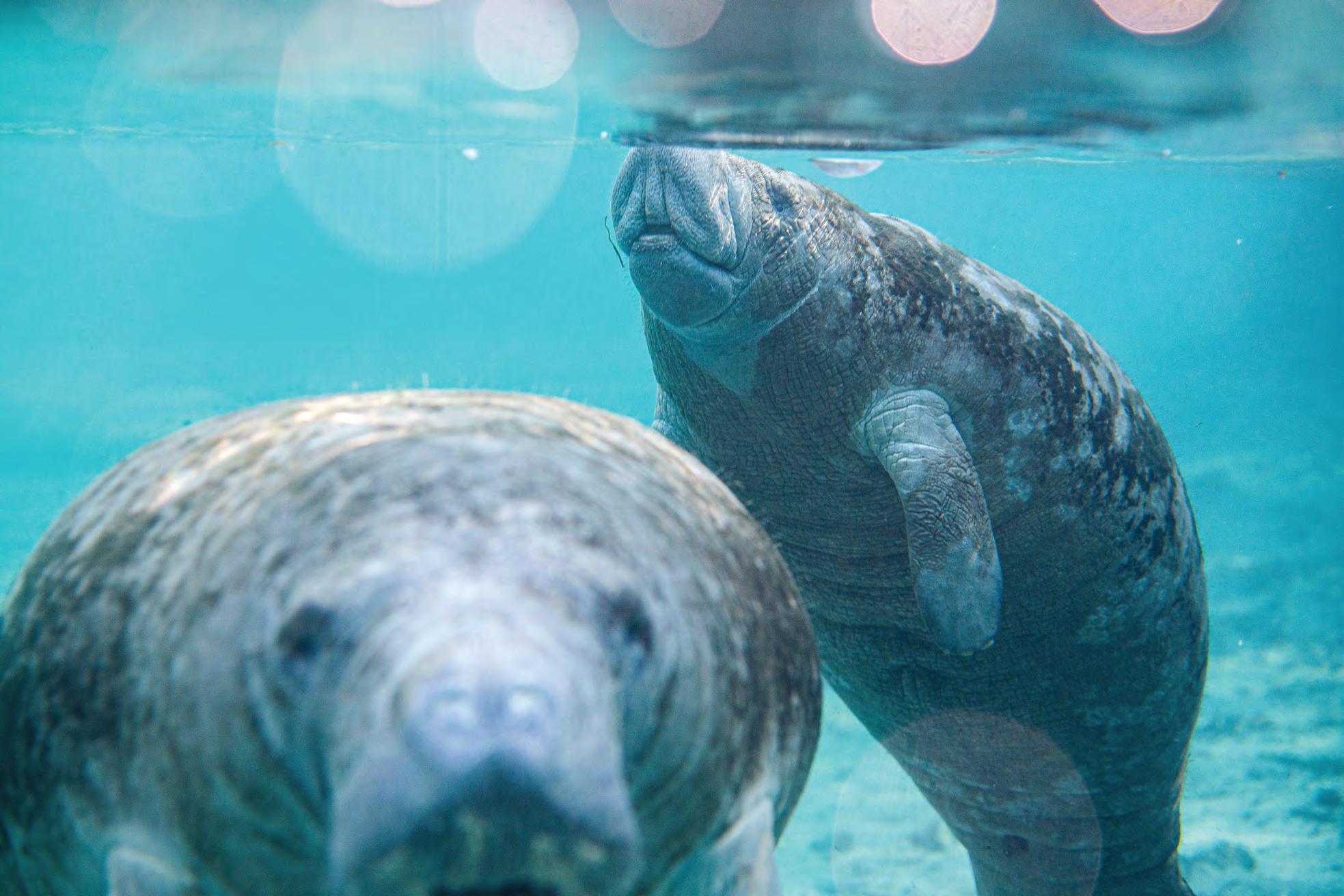
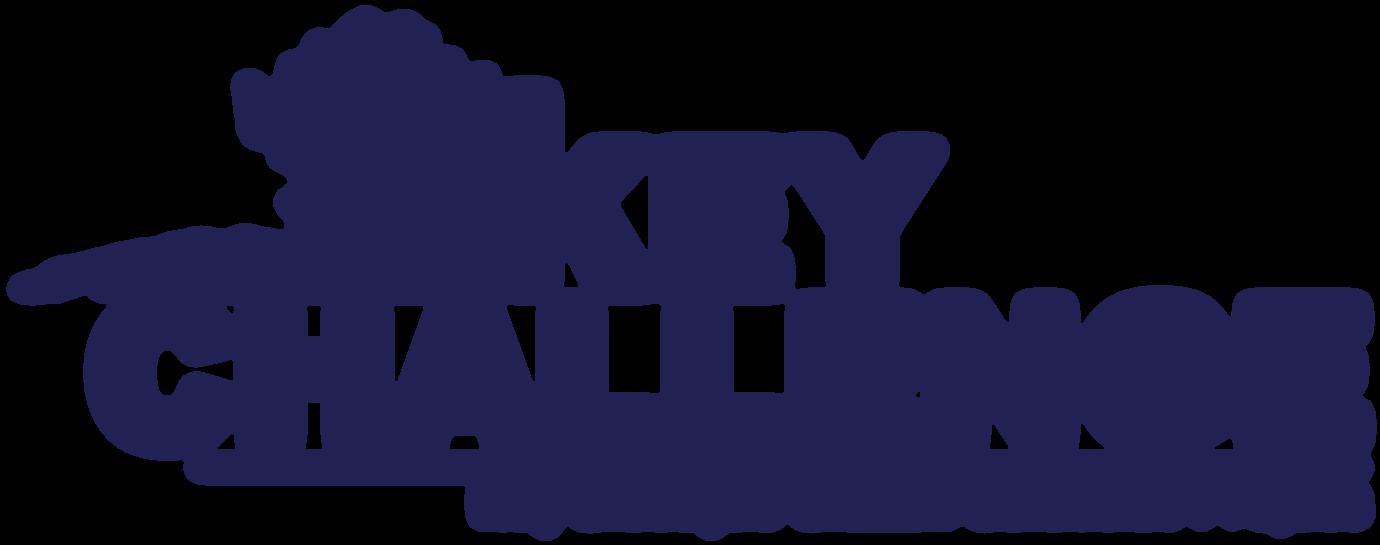
LEARN • EXPERIENCE • PROTECT
INTRODUCTION
The Citizen Scientist Project of the Key Biscayne Community Foundation sponsors the Key Challenge. Following the example of The Fairchild Challenge and its wider audience and area of concern, the Key Challenge is an island-wide initiative on Key Biscayne directed at increasing students’ appreciation and knowledge of the island’s natural resources. The Challenge incorporates 4 disciplines – art, writing, informatics, and science. These disciplines are further broken down into individual and/or group challenges open to various grade levels.
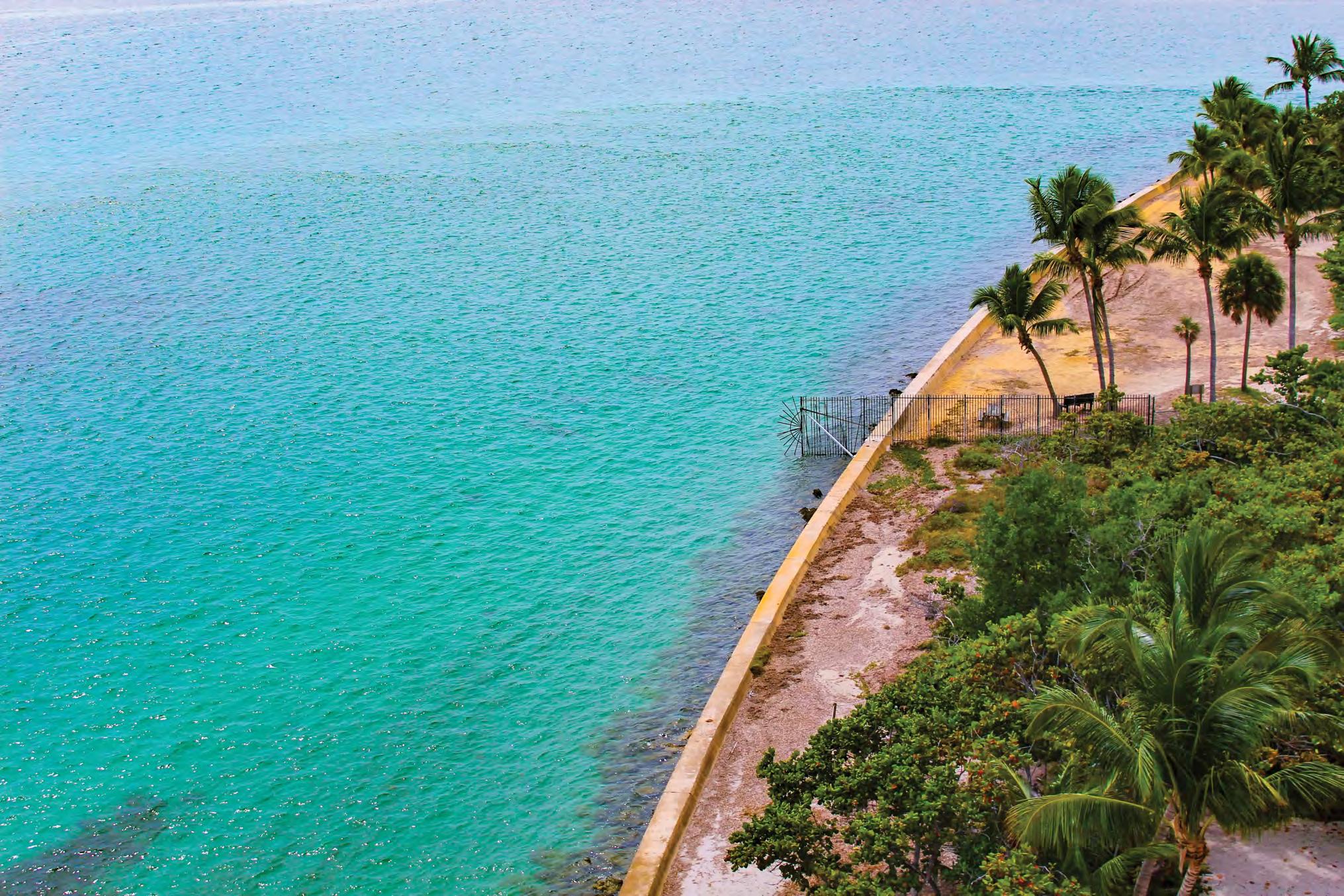
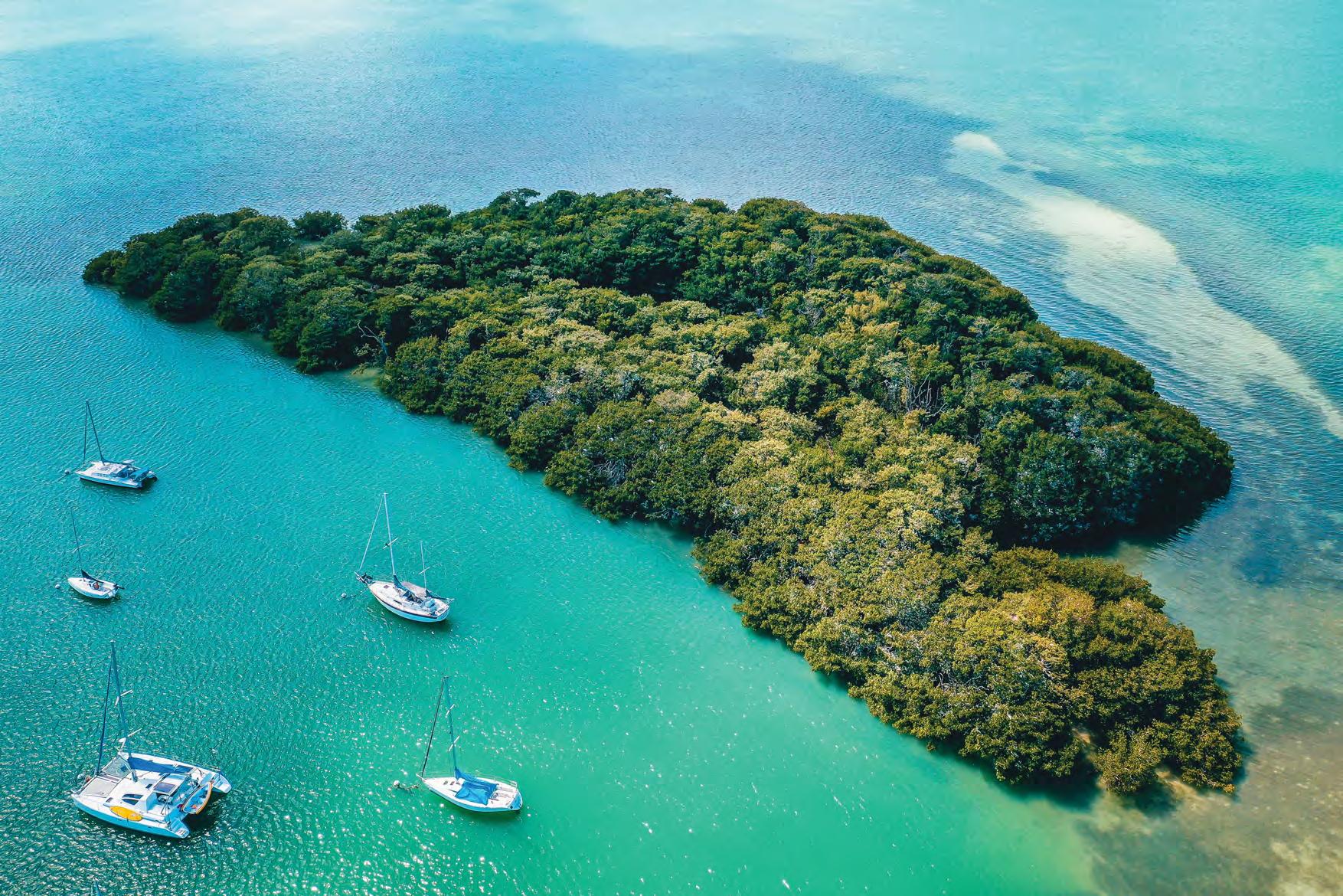
The Challenge starts on October 20, 2022 (registration must be completed by November 3o, 2022) and concludes on March 31, 2023. Awards will be announced on Earth Day, April 22, 2023 (may be subject to change). Each individual/group challenge will be judged within grade categories. Grades are separated by the following breakdown:
• Pre-K, Kindergarten and First grade (K)
• Second and Third grades (3)
• Fourth and Fifth grades (5)
• Sixth through Eighth grades (M)
• Ninth and Tenth grades (H1)
• Eleventh and Twelfth grades (H2)
There is also an At Home Individual category for each of these age groups. Students who are Key Biscayne residents may provide an entry even if their teacher and/or school is not participating in the Key Challenge. Only those projects listed in this brochure which are marked with an asterisk (*) can be entered in the At Home Individual category.
NEW! This Year’s Key Challenge theme will revolve around water quality and its importance for the public and the environment. The Citizen Science Project would like participants to think about how changes in water quality can affect plants, animals and people. This includes changes in animal behavior if their water is polluted, effects on the health of plants and animals if they take in or drink polluted water, or how polluted water can affect humans. We want students to look both at the negative effects of bad water quality, but also how improving water quality can positively affect the living things in and around a water body. Also, what activities can we partake in that can help clean the water, improve our water quality, or maintain good water quality? Students can investigate both salt and freshwater environments. We will focus our challenges broadly on the positive and negative effects of changes in water quality, and any other related issues that may affect the public or our aquatic ecosystems that have been observed by participants.
In Loving Memory of ROBERT “BOB” MOLINARI
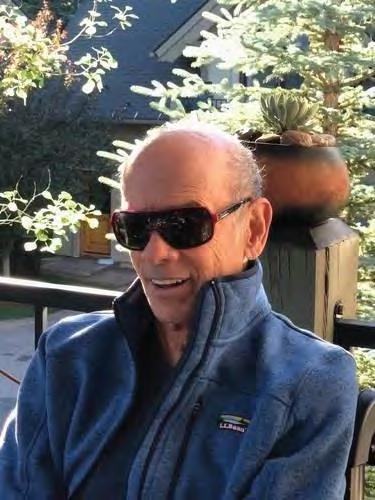
This year’s Key Challenge is in memory of Robert “Bob” Molinari. Bob helped found the Key Biscayne’s Citizen Science Project in 2012 and this year is the Project’s 10th anniversary. Bob was an extraordinary scientist and was the chief scientist for the Key Biscayne Community Foundation for many years. His influence and knowledge were integral in creating the Citizen Science Project and molding it into the amazing educational program it is today.


2D OR 3D CREATION*
(INDIVIDUALS, GROUPS, CLASS & AT-HOME | up to 2ft x 3ft)
Create a collage, painting, or sculpture using paints, found objects, clay, or other material from any source available (use only non-perishable items). Please include a written description (by the teacher), which describes the process of creating, the materials collected, and the lessons learned during the process regarding the importance of good water quality or effects of bad water quality.
BOOK (GROUPS & CLASS | max 28 pgs including cover)
Create a book (for example ABC, Counting, Colors, a story, or any other idea) depicting or talking about how water quality is important to the environment or the local animals on Key Biscayne. The artwork and words must be student generated, but the book may be computer printed or assembled by the teacher for very young students. Include a description of the creation of the book and the students’ involvement. Please try to include as many different elements of the environment as possible (with the understanding that it may not be possible to include something different for every part of the book).


PRE-K, KINDERGARTEN, & FIRST GRADES
PHOTOGRAPHY & ZIP ODE*
(INDIVIDUALS & AT-HOME)
Take a photograph (micro or macro) of an element of plants or animals of Key Biscayne (i.e. butterflies, orchids, mangroves, birds, etc.) which depicts the importance of good water quality or effects of bad water quality. Include a title and location, and write a zip ode using the 33149 zip code for Key Biscayne about environmental changes due to the changes in water quality. Zip odes are a form of poem created by O, Miami Poetry Festival in which each line has same the number of words found in each number of a zip code. More information and examples can be found at omiami.org/pages/zip-odes.

Participants are also encouraged to submit their completed zip odes to O, Miami once the submissions reopen for the 2023 poetry festival. Photos must also be uploaded to the Key Science interactive map at keyscience.org/lab/record/ and click on “Upload your own photos here!”
 PRE-K, KINDERGARTEN, & FIRST GRADES
PRE-K, KINDERGARTEN, & FIRST GRADES
GRADES
2D OR 3D CREATION*
(INDIVIDUALS, GROUPS, & CLASS
to 2ft
3ft)
Create a collage, painting, or sculpture using paints, found objects, clay, or other material from any source available (use only non-perishable items). Please include a written description (by the teacher), which describes the process of creating, the materials collected, and the lessons learned during the process regarding the importance of good water quality or effects of bad water quality.
SPECIES DEPICTION*
(INDIVIDUALS, GROUPS, & AT-HOME | each poster up to 12in x 18in)
Choose 5 plants or animals that are native, invasive, or both to Key Biscayne and create individual posters for each one. Each poster should contain the name of the plant or animal, a picture (either photograph or drawn), and a description of how it may be affected by changes in water quality or how it has already been affected by pollution in our water.

| up
x
SECOND & THIRD
PHOTOGRAPHY & ZIP ODE*
(INDIVIDUALS & AT-HOME)
Take a photograph (micro or macro) of an element of plants or animals of Key Biscayne (i.e. butterflies, orchids, mangroves, birds, etc.) which depicts the importance of good water quality or effects of bad water quality. Include a title and location, and write a zip ode using the 33149 zip code for Key Biscayne about environmental changes due to the changes in water quality. Zip odes are a form of poem created by O, Miami Poetry Festival in which each line has same the number of words found in each number of a zip code. More information and examples can be found at omiami.org/pages/zip-odes.
Participants are also encouraged to submit their completed zip odes to O, Miami once the submissions reopen for the 2023 poetry festival. Photos must also be uploaded to the Key Science interactive map at keyscience.org/lab/record/ and click on “Upload your own photos here!”

SECOND & THIRD GRADES
PHOTOGRAPHY & ZIP ODE*
(INDIVIDUALS & AT-HOME)
Take a photograph (micro or macro) of an element of plants or animals of Key Biscayne (i.e. butterflies, orchids, mangroves, birds, etc.) which depicts the importance of good water quality or effects of bad water quality. Include a title and location, and write a zip ode using the 33149 zip code for Key Biscayne about environmental changes due to the changes in water quality. Zip odes are a form of poem created by O, Miami Poetry Festival in which each line has same the number of words found in each number of a zip code. More information and examples can be found at omiami.org/pages/zip-odes.
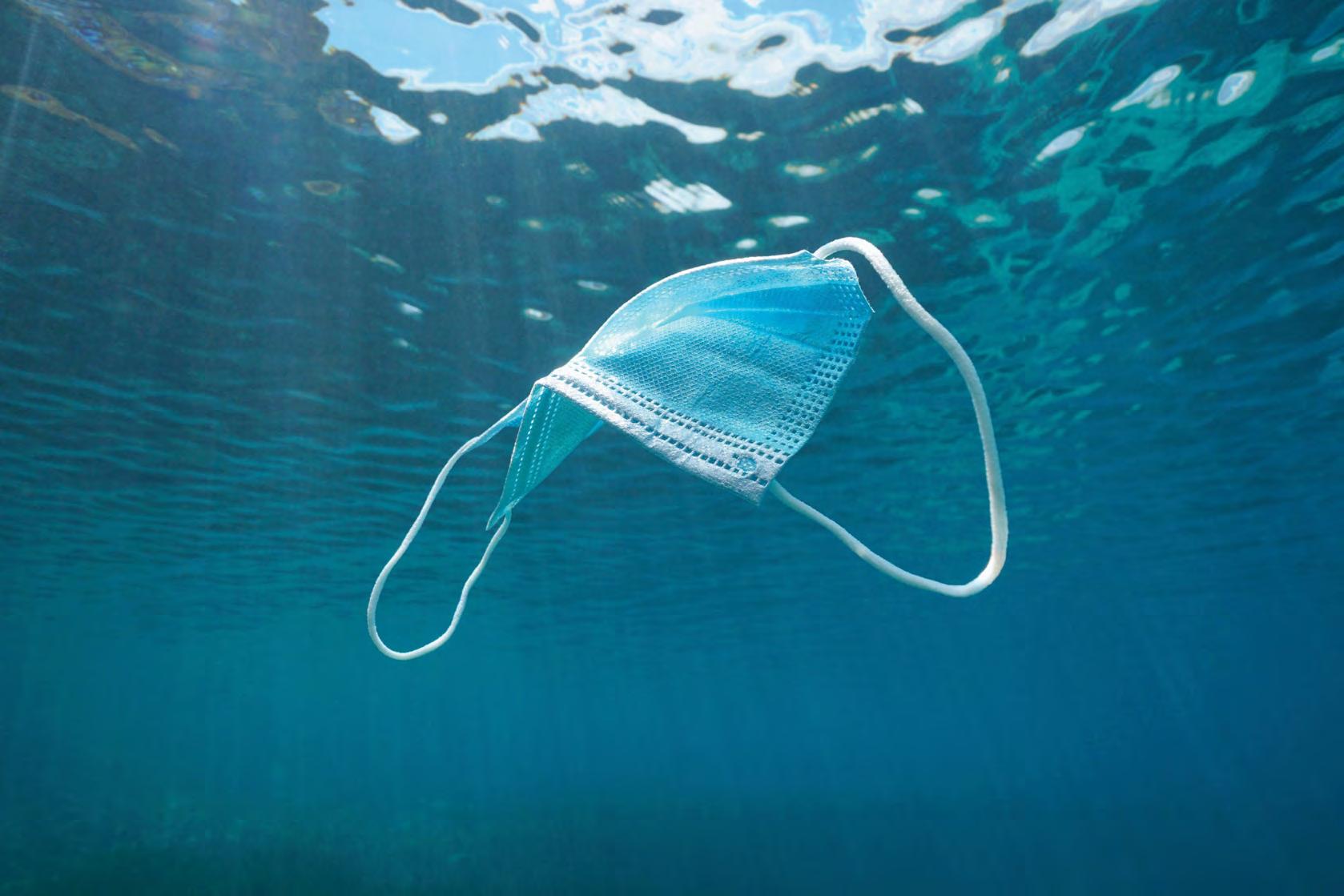
Participants are also encouraged to submit their completed zip odes to O, Miami once the submissions reopen for the 2023 poetry festival. Photos must also be uploaded to the Key Science interactive map at keyscience.org/lab/record/ and click on “Upload your own photos here!”
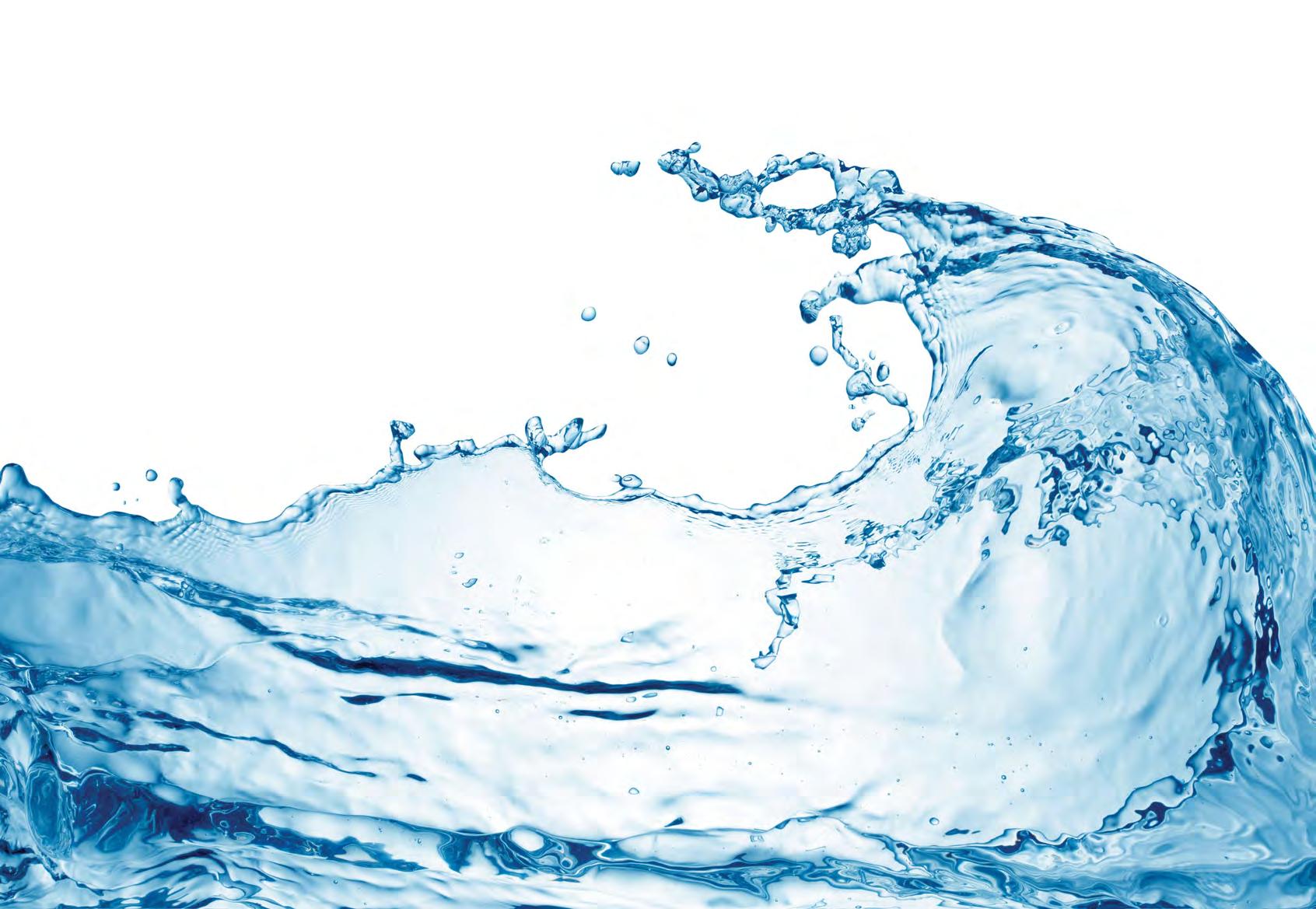
FOURTH & FIFTH GRADES
2D OR 3D MIXED MEDIA MAP*
(INDIVIDUALS , GROUPS, & AT-HOME | up to 10in x 14in)
Create a map of one of Key Biscayne that depicts the plants and animals that live on or around the Key. Find creative ways to show how they are affected, in either bad or good ways, by the current water quality or changes in water quality or pollution levels. Mixed Media may include all types of paint, dry media, and found objects. Include a written description of the artwork which includes a comment about how the different plants and animals depicted are affected by changes in water quality.

SCIENCE PROJECT*
(INDIVIDUALS, GROUPS, & AT-HOME | on a presentation/science board)
Choose a local, native habitat (terrestrial, shoreline, freshwater, etc.) and observe and list the different plants and animals present in that habitat. Describe the habitat, explain why these specific species might be present, and how their lives may be affected by water pollution or good or bad changes in water quality. This can include descriptions of changes to the environment or more specific effects on the individual animals. Present data on a poster/foam core board with pictures. Present data with pictures on a poster/foam core board no larger than 36” by 48”.

FOURTH & FIFTH GRADES
PHOTOGRAPHY & ZIP ODE*
(INDIVIDUALS & AT-HOME)
Take a photograph (micro or macro) of an element of plants or animals of Key Biscayne (i.e. butterflies, orchids, mangroves, birds, etc.) which depicts the importance of good water quality or effects of bad water quality. Include a title and location, and write a zip ode using the 33149 zip code for Key Biscayne about environmental changes due to the changes in water quality. Zip odes are a form of poem created by O, Miami Poetry Festival in which each line has same the number of words found in each number of a zip code. More information and examples can be found at omiami.org/pages/zip-odes.
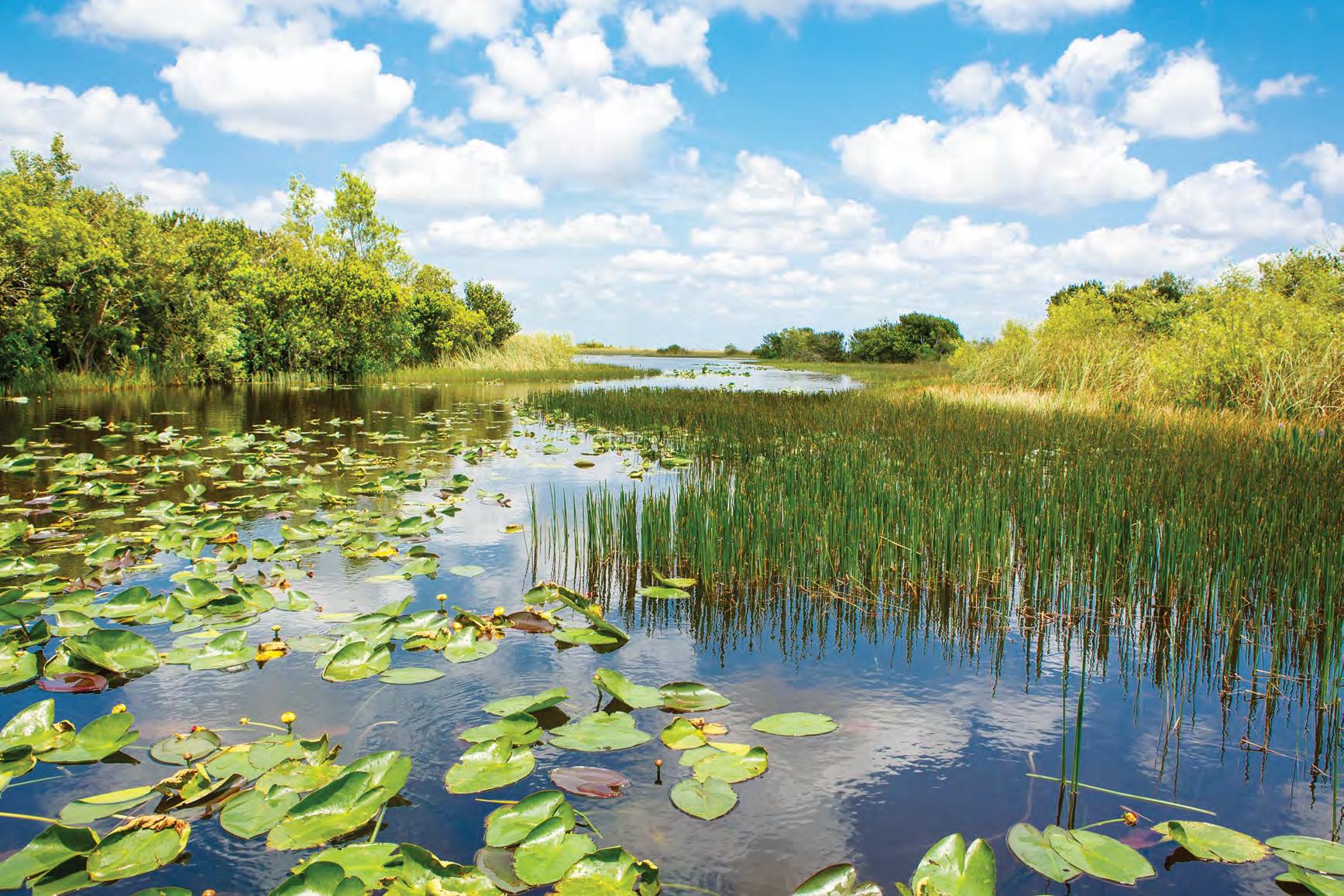
Participants are also encouraged to submit their completed zip odes to O, Miami once the submissions reopen for the 2023 poetry festival. Photos must also be uploaded to the Key Science interactive map at keyscience.org/lab/record/ and click on “Upload your own photos here!”
WATER QUALITY PSA VIDEO

(INDIVIDUALS & GROUPS | video up to 8 minutes)
Create a public service announcement about the state of the water around Key Biscayne, its effects on both humans and the environment, and explain what people can do to help or make a difference. Discuss in particular the environmental effects on the native plants and animals, and how these may have long-lasting repercussions for Key Biscayne. Entries will be submitted via Dropbox.
MIDDLE SCHOOL: SIXTH, SEVENTH, & EIGHTH GRADES
COLORING BOOK*
(INDIVIDUALS, GROUPS, & AT-HOME | various formats)
Create a coloring book that tells a narrative, taking place on or around Key Biscayne, of a native plant or animal that might be or has been affected in some way, positively or negatively, by local changes in water quality or water pollution. Keep in mind that this project is being made for a younger audience, to give older students a chance to teach younger students about the environment. (Winners may get a chance to read their stories to younger students!)
Alternatively, create a 3-D sculpture* of a native plant or animal found in Key Biscayne. Include the common and scientific name, and research at least two ways in which it can be affected by water pollution or changes in water quality, and write a paragraph describing these and whether or not these could be lasting effects. For example, how many birds are seen on Key Biscayne on normal days versus on days when the bacteria count in the water is high? Have you seen a difference in the number of fish in a clean waterway versus a polluted one? Both are different effects of water quality or changes in water quality. Maximum size of model base 12” X 12” (1ft X 1ft). Description should be loosely attached.

 MIDDLE
SCHOOL: SIXTH, SEVENTH, & EIGHTH GRADES
MIDDLE
SCHOOL: SIXTH, SEVENTH, & EIGHTH GRADES
COLORING BOOK, COMIC STRIP, OR ILLUSTRATED STORY (INDIVIDUALS & GROUPS | max 28 pgs including cover & comic strips should not exceed 16 panels)
Create a story or a comic strip that tells a narrative of a native plant or animal that might be or has been affected in some way, positively or negatively, by local changes in water quality or water pollution. Describe the different ways in which its environment has changed, or it has changed its behavior due to changes in water quality or pollution. Keep in mind that this project is being made for a younger audience, to give older students a chance to teach younger students about the environment. (Winners may get a chance to read their stories to younger students!)
PHOTOGRAPHY & ZIP ODE*
(INDIVIDUALS & AT-HOME)
Take a photograph (micro or macro) of an element of plants or animals of Key Biscayne (i.e. butterflies, orchids, mangroves, birds, etc.) which depicts or may be used to describe changes in water quality or how the ecosystem may be affected by changes in water quality. Include a title and location, and write a zip ode using the 33149 zip code for Key Biscayne about environmental effects of changes in water quality. Zip odes are a form of poem created by O, Miami Poetry Festival in which each line has same the number of words found in each number of a zip code. More information and examples can be found at omiami.org/pages/zip-odes.
Participants are also encouraged to submit their completed zip odes to O, Miami once the submissions reopen for the 2023 poetry festival. Photos must also be uploaded to the Key Science interactive map at

HIGH SCHOOL 1: NINTH & TENTH GRADES
QUALITY PSA VIDEO
Create a public service announcement about the state of the water around Key Biscayne, its effects on both humans and the environment, and explain what people can do to help or make a difference. Discuss in particular the environmental effects on the native plants and animals, and how these may have long-lasting repercussions for Key Biscayne. Entries will be submitted via Dropbox.
Alternatively, write a Science Report as a PPT or written report which describes the environmental changes and/or effects that water pollution or changes in water quality can have on the ecosystems, plants, and animals on the Key. This should include data collection and analysis; the level of detail will be left up to participants, but more detailed information will likely score higher. Max 4 page report (may include a few pictures), a PPT, or Prezi (maximum 25 slides). Entries will be submitted to info@keyscience.org via

HIGH SCHOOL 1: NINTH & TENTH GRADES
WATER
(INDIVIDUALS & GROUPS | video up to 8 minutes)
SCIENCE REPORT*
(INDIVIDUALS & AT-HOME | 5-7 pages)
Write a report detailing a specific or general aspect of the importance of maintaining good water quality or how changes that have resulted in poor water quality or water pollution have affected the environment, animal behavior, pollution types or amount, or some other sciencerelated aspect relating to the health of the water. The report can be broad (for example, a general report on all the different changes in bacterial counts that have occurred over the last few years along Key Biscayne coastline until now), or more detailed (for example, focusing on one single change in animal behavior, pollution, etc.). It can include any aspect of water pollution-induced changes: animals being less present in more polluted areas, pollution caused by discarded personal protective equipment (masks, gloves, etc.), aquatic environments that changed in clarity or pollution level due to changes in suspended particles, etc. The subject of the paper does not have to be specific to Key Biscayne, although it is preferred. The subject and detail-level of the report will be left to the participant to decide; however, all reports should show research, data collection, and analysis. It should loosely follow the scientific method: 1) ask a question, 2) do background research, 3) construct a hypothesis, 4) collect data and/or test hypothesis, 5) review accuracy of hypothesis, and 6) draw a conclusion. It is okay if your data proves your hypothesis to be incorrect! Students can either create their own experiment based on their hypothesis and collect data that they will include in their report, or they can write a research paper using data sources and information from other scientific literature to prove or disprove their hypothesis. All outside sources must be cited.
As this is a more involved and detailed project, it will include a monetary award of $200 for 1st place, $150 for 2nd place, and $100 for 3rd place.
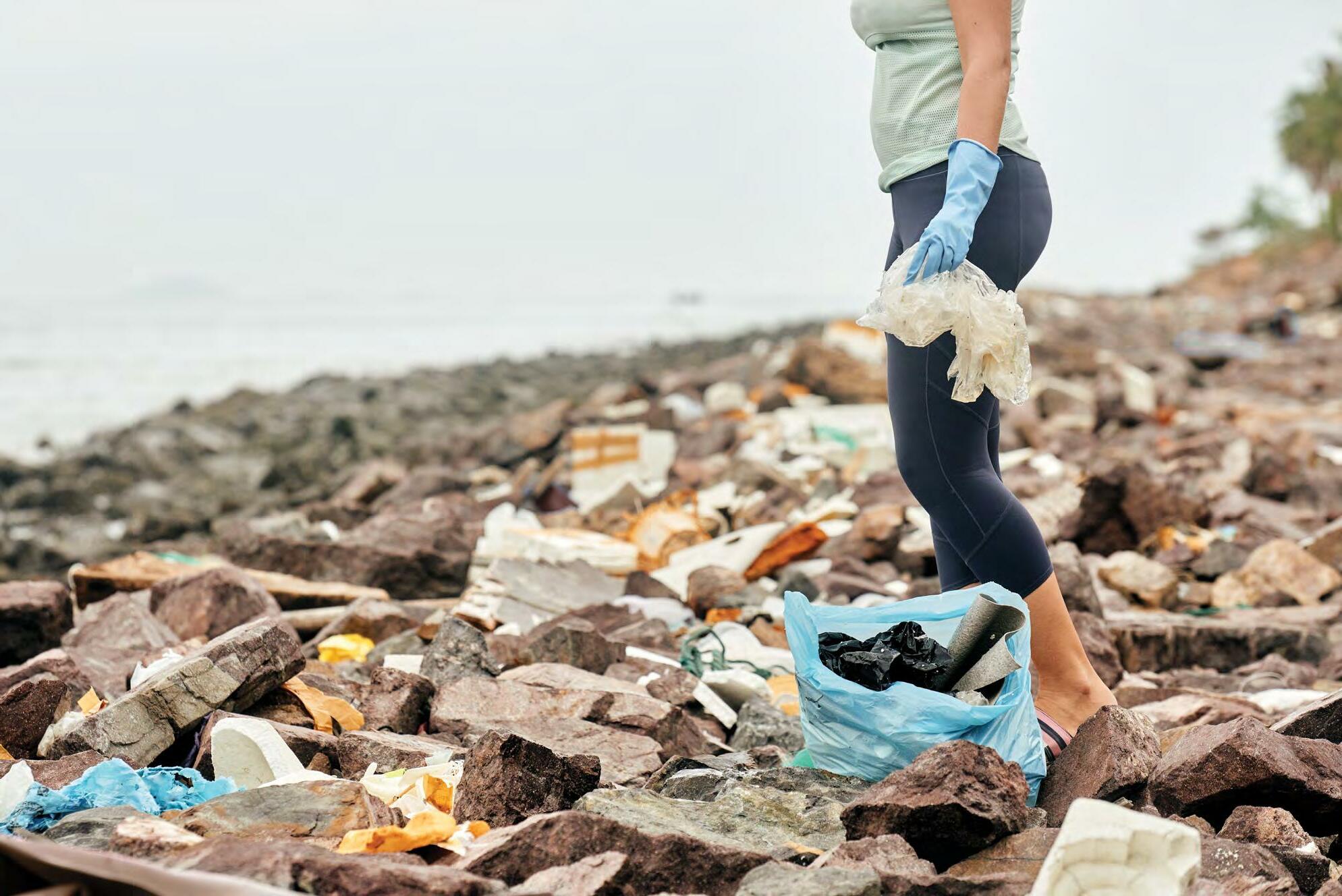
HIGH SCHOOL 2: ELEVENTH & TWELFTH GRADES
All H2 students may opt to do one of the H1 challenges, which will be judged in the same category as H1. However, only the H2 Science Report has the competitive monetary prizes.

HIGH SCHOOL 2: ELEVENTH & TWELFTH GRADES
AT-HOME
(CHOOSE ONE PROJECT PER STUDENT)
Individuals who live on Key Biscayne but do not attend school on the Key or who attend school on the Key but whose class is not participating may still participate in the Key Challenge, following these guidelines:
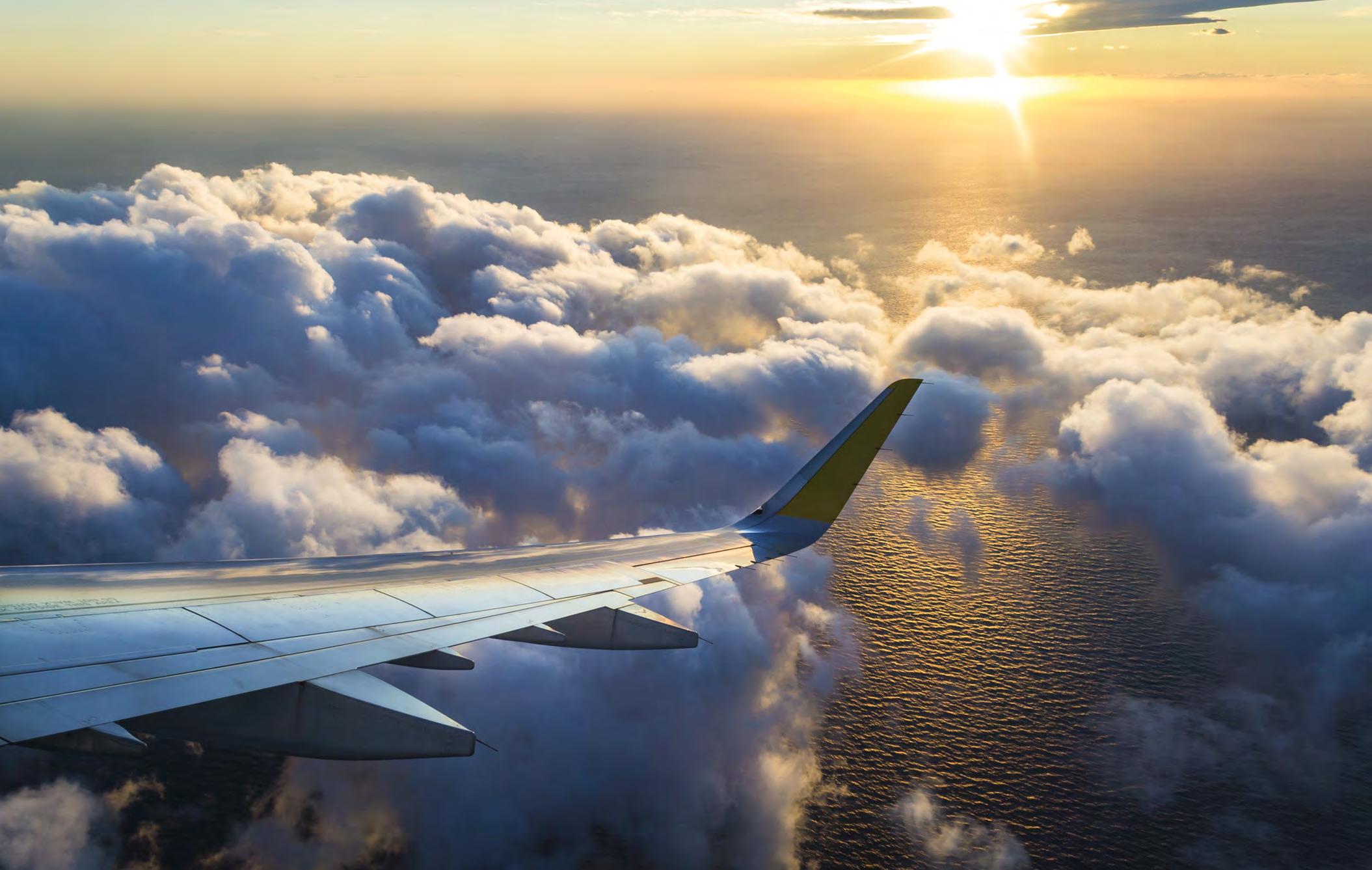
• Each child registrant may enter with one of the challenges given for their grade level category. The challenges listed on previous pages which will be allowed for the At home Individual entries are marked with an asterisk (*).
• The child registrant’s parent/guardian may register him or her online in the At Home Individual category, or the child may register him or herself if high school aged.
• The child registrant will need to have their current teacher fill out and sign a form verifying their current grade level, which will be available for download on the online registration page.
• Each At Home Individual challenge entry will only be judged against other At Home Individual entries of the same grade level category.
• Parents may provide guidance, but should allow the child to do the challenge on their own as much as possible.
• Register at www.keychallenge.org
AT-HOME PARTICIPATION GUIDELINES

AT-HOME PARTICIPATION GUIDELINES
Citizen Scientist Project’s KEY CHALLENGE

GENERAL INFORMATION
• Each school must complete a School Registration form by November 30, 2022.
• The Challenge starts officially on October 20, 2022.
• For each class, 2 entries will be accepted per challenge for judging at their grade level category. For each grade level category, 1 winner will be chosen per challenge from all entries. This does not apply to the At Home category, from which all entries will be accepted and judged against each other within their grade level category.
• In order to submit an entry for judging, the participant(s) is (are) required to attend at least one Citizen Scientist Project event (lecture, beach cleanup, butterfly walks, etc.) or other environmentally focused community service activity. This includes At Home Individual participants.
• A completed project entry form must be included with each challenge submitted for judging. It is available for download on the registration page.
• Maximum number of group members is four.
• All judging will be anonymous.
• A Community Service Award will be given to the school with the greatest percentage of a school’s student population participating in an environmental event other than lectures. For students to get credit for attending an event, they will need to print out a participation form (provided on the registration page) and have the person in charge of the event sign it. These should then be collected by their teacher and turned in to KBCF when all the challenges are submitted for judging. If attending a Citizen Science Project lecture, a signup sheet will be provided, and student attendance automatically recorded for the Key Challenge.
• Students must stay within the challenge assigned to their grade level category.
• Absolutely NO perishable items should be used in any of the challenges.
• The given size limitations must be adhered to by all participants.
• For questions visit www.keychallenge.org, email info@keyscience.org, or call (305) 361-2770
• Register at www.keychallenge.org

Citizen Scientist Project’s KEY CHALLENGE

2022-23 KEY CHALLENGE
The Citizen Scientist Project’s goal is to secure a future Key Biscayne characterized by the same bounty of natural resources that exist today, thus maintaining the title of “Island Paradise,” while the Key Biscayne Citizen Scientist Lab provides a place to record and organize your findings in and around our island and to learn more about our island. The Citizen Scientist Project’s Key Challenge is sponsored by the Key Biscayne Community Foundation, the Village of Key Biscayne, the Fairchild Tropical Botanic Garden, the University of Miami Rosenstiel School of Marine & Atmospheric Science, and the Knight Foundation. Communication is always welcome. Contact the Key Biscayne Citizen Scientist Project at: Email: Info@KeyBiscayneFoundation.org Web: www.KeyChallenge.org Telephone: (305) 361-2770










 PRE-K, KINDERGARTEN, & FIRST GRADES
PRE-K, KINDERGARTEN, & FIRST GRADES










